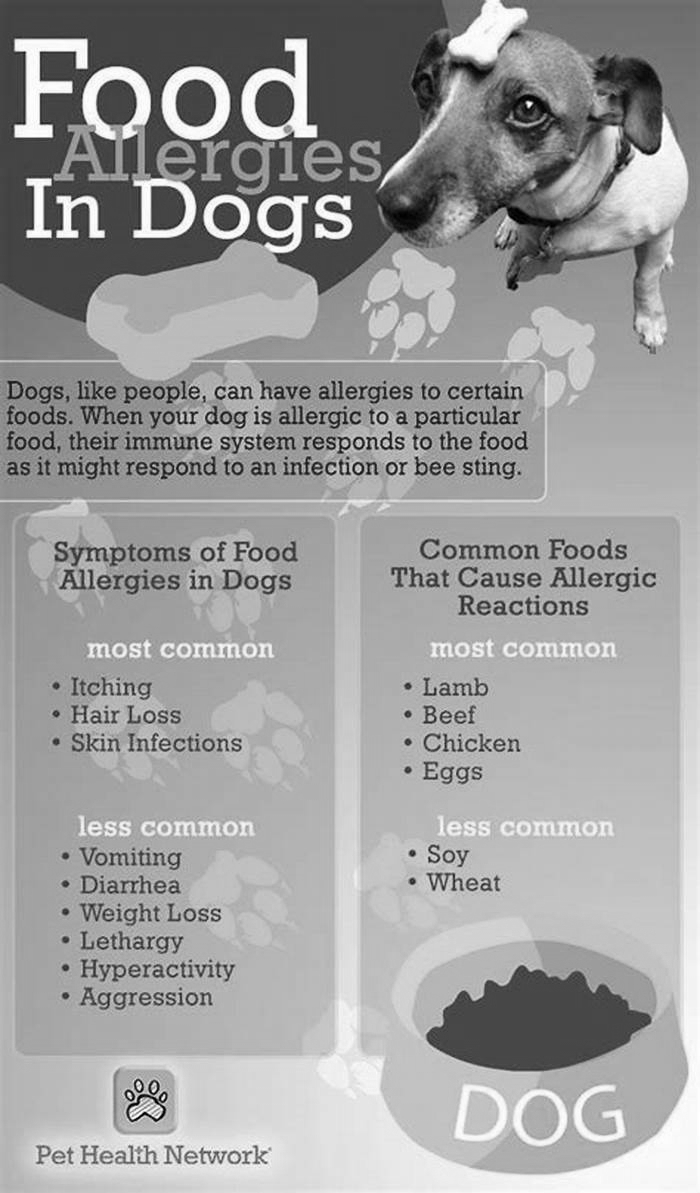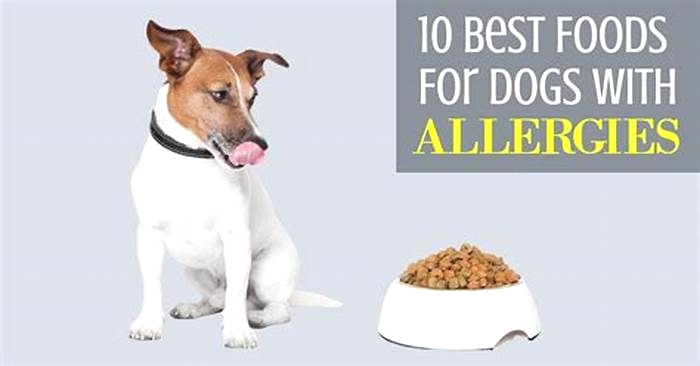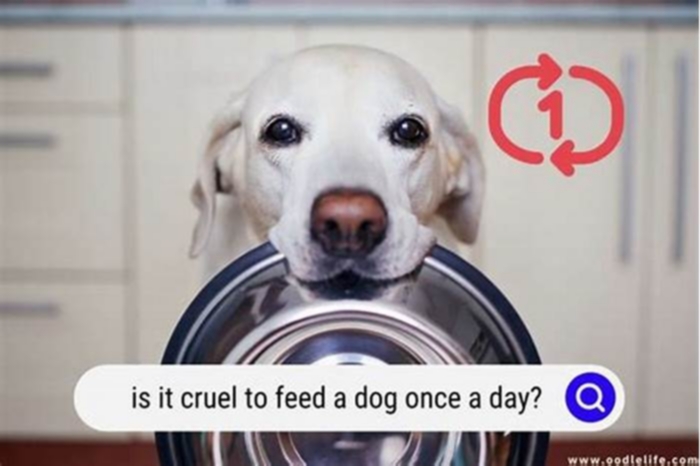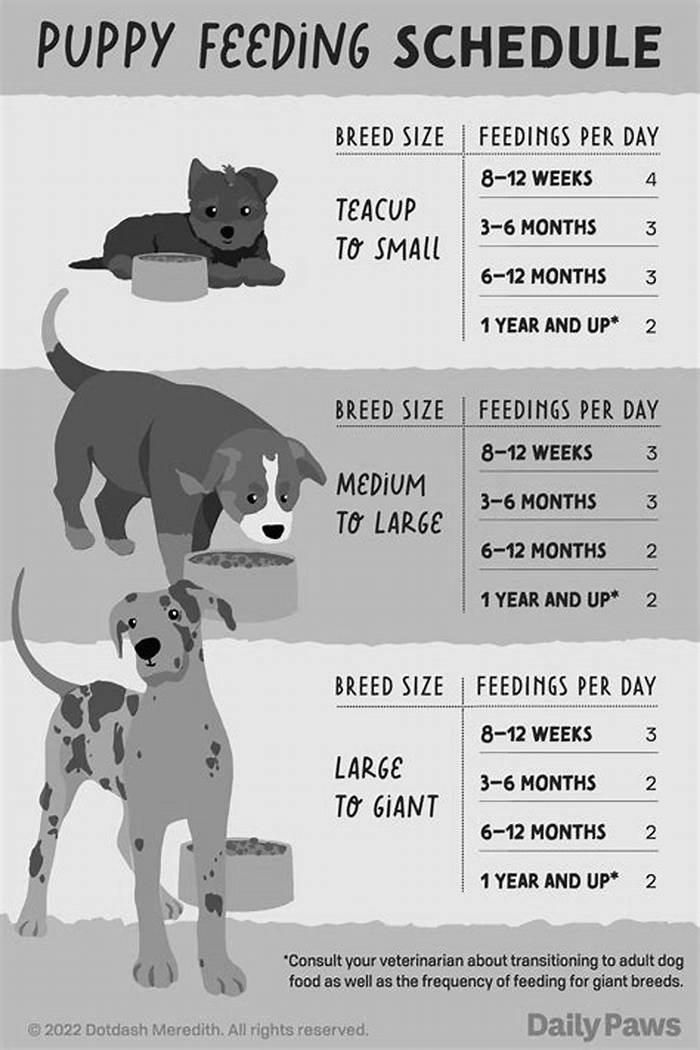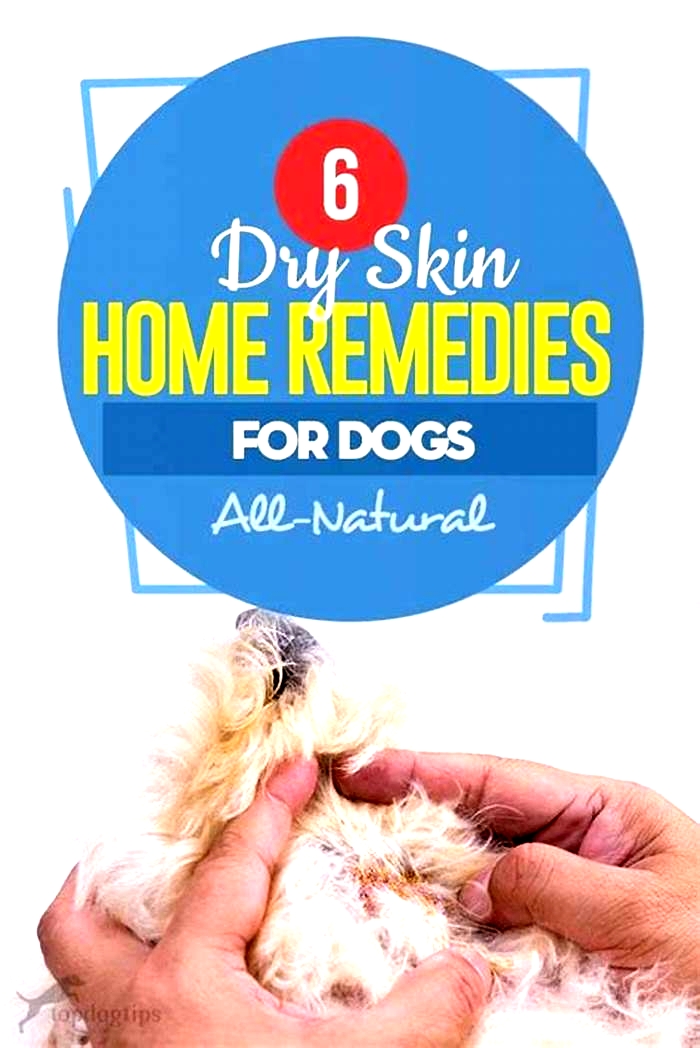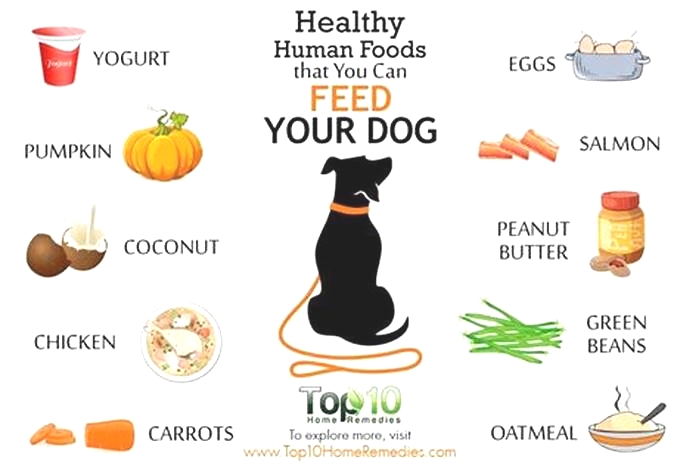What should I feed my dog with allergies
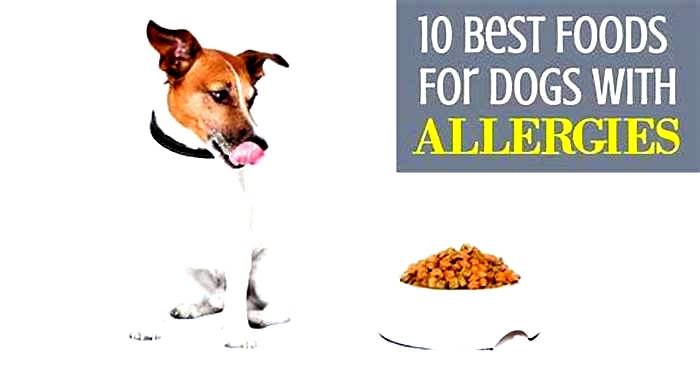
The Best Foods for Dogs With Allergies
Humans arent the only ones with allergiesour dogs can get them, too. Canine allergies can lead to numerous skin conditions that can be frustrating to manage. These allergies can be due to environmental causes or from the food our dogs eat.
Key Takeaways
- Dogs can be allergic to foods like beef, chicken, lamb, wheat, soy, eggs, corn, and nuts.
- Allergy tests for dogs are not reliable.
- The only proven way to tell what your dog is allergic to is to change their protein source or perform an elimination diet trial.
The most common symptoms of dog food allergies include:
Redness of the skin of the inner ears
Itchiness of the ears (chronic scratching of the ears or shaking of the head)
Ear hematomas
Chronic thickening of the ears
Chronic ear infections
Redness and itchiness of the feet or in between toes (foot chewing)
Chronic pododermatitis
Patchy hair loss along the neck and trunk
Chronic skin infections (with bacteria or yeast) that never seem to clear up
Skin issues are the most common dog food allergy symptoms. These are mostly seen as an allergic reaction to the proteins absorbed in food.
The reaction leads to the release of immune cells, which can cause weakening of the bonds between the skin cells, resulting in a weakening of the skin barrier. This change in the skin barrier leads to redness and itchiness, and it makes the skin more susceptible to infection with normal bacteria and yeast.
The most affected areas are the ears, paws, around the eyes, and sometimes the trunk (torso) and limbs.
What Are Common Dog Food Allergens?
The most common proteins dogs are allergic to are beef, chicken, lamb, and wheat. Other less common causes of dog food allergies include soy, eggs, corn, and nuts.
Dogs cannot be tested for food allergies like people can, as the available testing is unreliable. The only proven way to tell what your dog is allergic to is to change their protein source or perform an elimination diet trial.
During an elimination diet trial, you eliminate all proteins your dog has been exposed to for two to three months. This gives the body enough time to completely eliminate the old protein sources and heal from the chronic allergy stimulation.
How To Help a Dog With Food Allergies
An elimination diet trial withhydrolyzed foodis the best way to treat and diagnose a dog food allergy. Its easiest to start with a prescription diet, such asHills z/dorRoyal Canin Hydrolyzed Protein. Theseveterinary dietshave proteins that are too small to be recognized by the immune system.
An elimination diet trial takes approximately two to three months to complete. This time is necessary for the old proteins to leave the dogs system. Additionally, the dog must be on the diet long enough to see a difference from the previous food.
The most common mistake pet parents make is not waiting long enough before calling it quits on the diet trial. Changing what your dog is eating for just a week or two will not give you complete results, so taking the proper amount of time to test food and treats is crucial.
Another common mistake: feed a dog anything other than the elimination diet. During a diet trial, pets cannot have any table scraps or treats (unless the elimination diet has a compatible treat option).
Changing what your dog is eating for just a week or two will not give you complete results, so taking the proper amount of time to test food and treats is crucial.
If the symptoms do not resolve after two or three months on the hydrolyzed elimination diet trial, your dog most likely has some type of environmental allergen. Or something else is causing the problem, such as an autoimmune condition.
If you get a good response from the trial, try to feed your dog a new protein source, such as venison, fish, or kangaroo. If they are going to react to these proteins, you should notice a mild reaction starting within two weeks. If their allergy symptoms return, stop the new protein source and go back to the hydrolyzed food.
Try adding one protein at a time every two to four weeks. If your dog reacts, stop and keep things steady for another two weeks before trying a different protein.
Contact your veterinarian before starting any diet trial to get a prescription for a hydrolyzed diet. Its also important to see your veterinarian to make sure your pet doesnt have any concurrent infections, which can be common because of the disturbed skin barrier caused by the allergic reaction. Infections can look the same as dog food allergy symptoms, so you must make sure to clear all infections during the food elimination trial.
During the trial, remember:
Make sure the prescription treats and food are all that you are feeding your pet. You cant feed human food or regular pet treats with a food trial, as it can introduce the allergens youre trying to eliminate.
Alwaysintroduce a dog to a new diet slowlyto avoid stomach upset or diarrhea.
The Best Dog Food for Allergies
Hydrolyzed Dog Foods
Hydrolyzed foods are the best dog food for allergies because the proteins are broken down into pieces that are so small the body cant recognize them. Some of these foods include:
Novel Protein Foods
Novel protein diets include proteins that your dog has not been introduced to before, such as duck, fish, venison, and kangaroo. Some examples of novel protein diets are:
Foods for Puppies With Allergies
While its rare for puppies to have food allergies, there are some documented cases in pups as young as 6 months old. If you think your puppy may have a food allergy, lamb and rice formulas, such asPurina Puppy Lamb & Rice Formula, would be a good place to start for a novel protein.
If allergies are severe and your vet recommends a hydrolyzed diet, Royal Canin Hydrolyzed Protein does come in a puppy formulation.
WRITTEN BY
Robyn Gallucci, DVMVeterinarian
Dr. Gallucci started her career in veterinary medicine as a kennel assistant in high school and began training as a technician in college....
Local Honey For Allergies In Dogs Explained and Does It Work
Local honey is sweet and delightful. It has a natural sweetness that is said to have a wide range of health benefits. It sometimes ends up in the mouths of our dogs, too. If you are thinking about giving local honey to your dog as a medicine, you certainly question if Local honey is safe for allergies in dogs and how it works.
1. HELPS WITH DOGS ALLERGIES
Local Honey, when given to dogs in moderation, can be beneficial to their health. If your dog suffers from seasonal allergies, you can relieve them by giving them a daily dose of a tiny amount of local honey. The term local is the one to remember here because local honey is made by honey bees that gather nectar from local flowers, which can help your dogs who live in that area get rid of their seasonal allergies during the spring and fall.
Pollen from many flowers can be found in tiny doses of local honey. Pollen can be gradually introduced into your dogs body through the consumption of local honey. It assists him in the production of antibodies. When the temperature gets warmer, these antigens prevent the body from developing antibody responses to airborne allergies.
2. HELPS WITH DOGS SKIN PROBLEMS
Local Honey used topically is a terrific approach to help relieve and mend common canine illnesses like hot spots, dermatitis, and bug bites, so consider giving it a try if your dog suffers from any of these conditions. Honey is another natural remedy to help soothe cuts, wounds, and bruises. Local honey has trace amounts of hydrogen peroxide. This disinfectant cleans without causing damage to the tissues that are recovering.
To treat your dogs condition, you only just apply a very thin layer to the affected area. Dont forget to cover it with some sort of dressing as well. We are aware of how delicious honey can be that your dog may taste it.
3. HELPS WITH DOGS DIET
Ingesting local honey can moderate your dogs bodys response to hunger. Honey is a form of simple sugar, but the way it is metabolized is quite different from that of table sugar. It also requires a lower insulin dosage and has a slower absorption rate into the bloodstream. It has the potential to slow down digestion as well as the absorption of glucose.
If your dog is prone to gaining weight, adding a little honey to his diet might keep a healthy weight.
4. HELPS WITH DOGS ENERGY BOOST
Local honey contains a variety of sugars that, when digested in the same manner as other simple carbs, can provide your dog with a boost of energy. This is remarkably brilliant for active dogs before they exercise, as well as for sporty dogs before they train. Some dog owners believe that honey might offer their aging pets additional energy without causing them to become unduly active.
5. HELPS WITH SOOTHING A DOGS THROAT IRRITATION
Maybe youre already familiar with this through your own experience. A sore or irritated throat may benefit tremendously from the application of raw honey. The same principle applies to your dog. Honey is an excellent approach to give comfort to your dog if they are suffering from coughs and colds or any other lung irritations.
HOW MUCH LOCAL HONEY CAN YOU GIVE TO YOUR DOG?
Local Honey is a good food to include in your dogs diet; however, you should know that honey is a simple sugar. Regarding dog snacks, particularly for toy and miniature varieties of larger breeds, a thumb size that less is typically more. An excessive amount of it may result in undesirable side effects. If you want minimal eating of your dog, carefully follow these recommendations:
Honey, one-fourth of a teaspoon per day, up to ten pounds.
10-20 pounds teaspoons daily
20-50 pounds 1 teaspoon daily
50 pounds or more up to 2 teaspoons each day
Remember: If you wish to give your dog local honey, you should consult with your vet about the precise amount of honey you can give to your dog, especially if your dog suffers from a health issue like diabetes. In the alternative, you could think about giving your dog a treat that is lower in sugar, such as cucumbers. Whenever you give your pet a new meal, you should always keep an eye out for any changes in his behavior and bowel movements to ensure that the food is agreeable to his system.
HOW DOES LOCAL HONEY DIFFER FROM OTHER KINDS OF HONEY?
As is the case with a great deal of merchandise available today, not all types of honey are considered equal. It can feel like you are a scientist or chemist to properly grasp what youre purchasing at the local supermarket. There is very little to no actual honey in a jar of many goods sold in supermarkets. Some of them are grown by the use of fume boards or insecticides. So youre looking for the perfect kind of honey, are you?
Find local honey for allergies in dogs explained and does it work if you need to and look for a fresh, unprocessed, and unfiltered. This will ensure that your dog is getting all of the benefits that honey has to offer. Local beekeepers are a possibility worth considering when finding local honey.
CONCLUSION
Honey is completely risk-free for dog consumption and, when given in moderation, may even provide some health benefits. People have taken advantage of the natural health advantages it has brought over the course of history. Its possible that if you use it carefully, it could be beneficial to your dogs health, too. It is an excellent choice for dog treats that call for sugar as an ingredient. Local honey for allergies in dogs explained, and does it work to offer your dog local honey, if you want to treat or ease the symptoms of coughs and colds or allergy symptoms, or if you just want to provide them with a little bit of extra strength.

